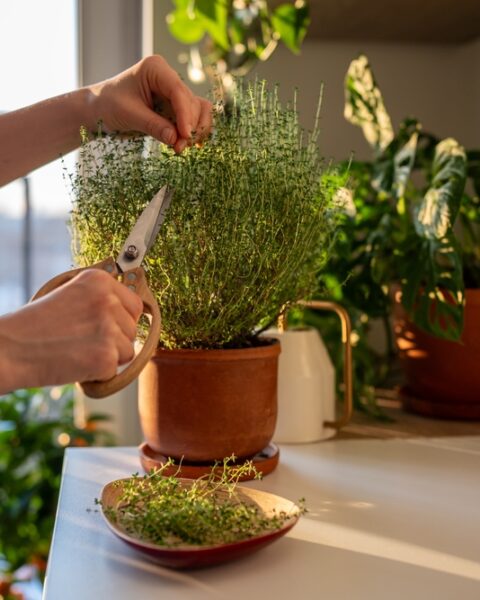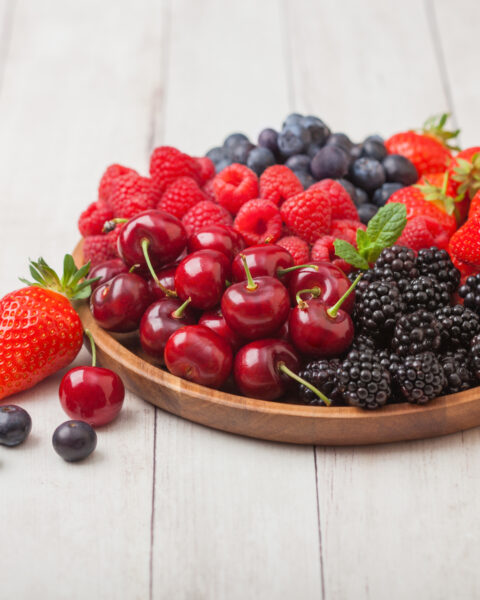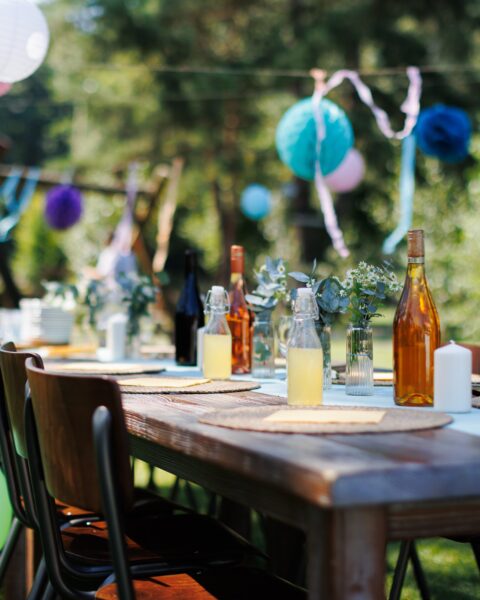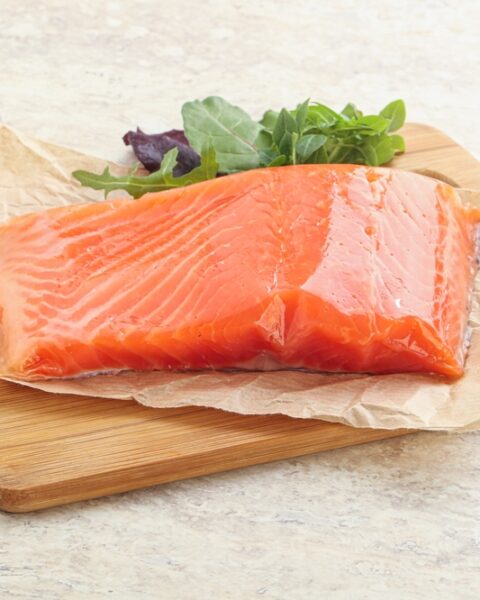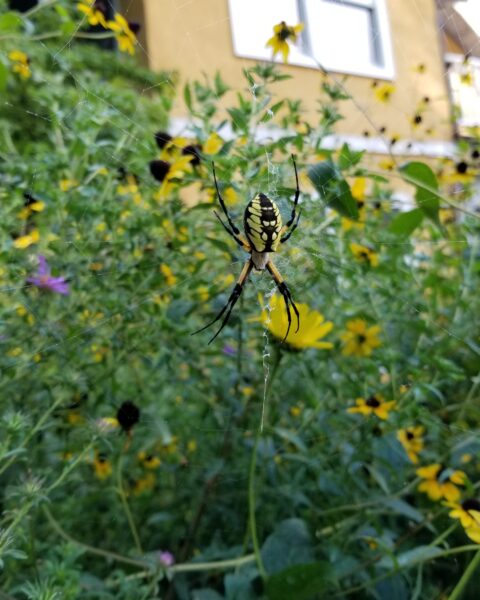Creating a garden that’s buzzing with life from bees, butterflies, and hummingbirds isn’t as hard as it sounds. In fact, making your outdoor space more inviting for pollinators is all about planting the right things and making a few small changes. These little helpers are crucial for keeping your plants healthy, and in return, you give them a safe place to land, feed, and even rest. Whether it’s adding native flowers, building bee hotels, or simply cutting down on pesticide use, attracting pollinators is easier than you might think. Ready to give your garden a boost with nature’s best workers? Here’s how you can start bringing them in.
Contents
- 1 Plant Native Species
- 2 Provide Continuous Blooming Plants
- 3 Avoid Pesticides
- 4 Plant Pollinator-Friendly Flowers
- 5 Create Shelter and Nesting Areas
- 6 Provide Water Sources
- 7 Use Bright Colors to Attract Pollinators
- 8 Incorporate Fragrant Plants
- 9 Grow Herbs for Pollinators
- 10 Include Night-Blooming Plants
- 11 Add a Variety of Flower Shapes
- 12 Use Companion Planting
- 13 Grow Fruit and Vegetable Plants
- 14 Include Host Plants
- 15 Build a Bee Hotel
- 16 More From RetailShout
- 17 15 Creative Gift Ideas You Can Put Together from Dollar Tree
- 18 17 Trader Joe’s Desserts That Are Worth Every Bite
Plant Native Species

Native plants are well-adapted to the local environment and attract native pollinators. These plants require less maintenance and offer a natural food source for insects like bees and butterflies. By choosing local varieties, you help pollinators thrive and adapt to seasonal changes. Pollinators have evolved to recognize these plants, ensuring mutual survival. Adding native species can boost biodiversity, supporting both plants and animals. Native plants are also more likely to resist local pests and diseases.
Provide Continuous Blooming Plants
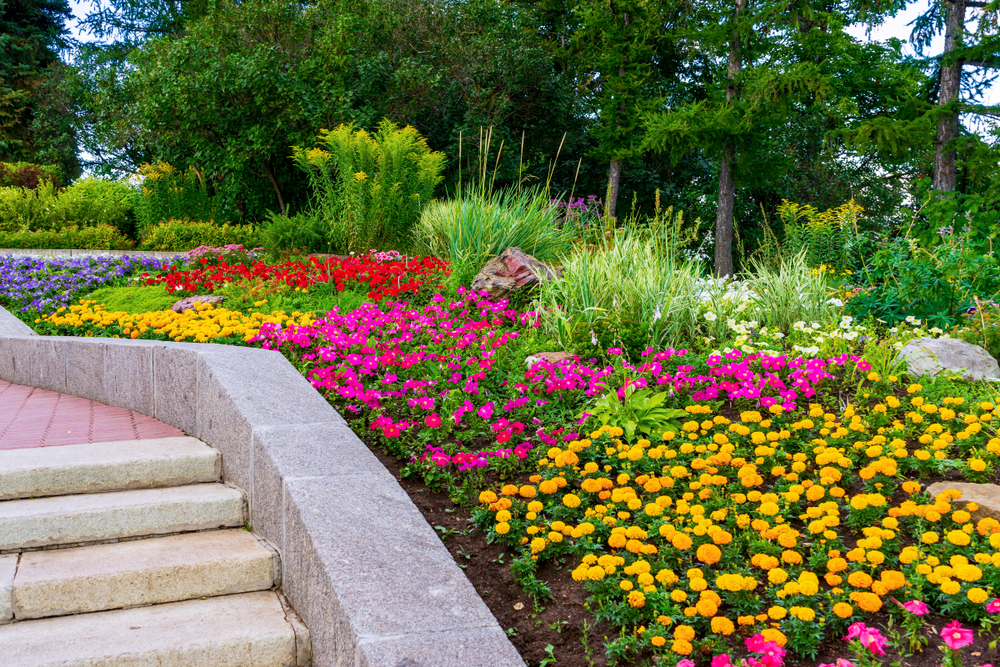
To keep pollinators coming year-round, ensure you have plants that bloom in different seasons. This helps bees, butterflies, and other insects have a continuous food source. A mix of early spring, summer, and late fall bloomers creates a supportive environment for pollinators. Without this variety, some species may struggle during lean periods. By offering a staggered bloom schedule, your garden becomes a haven for pollinators throughout the year. Seasonal planting diversity also boosts visual appeal.
Avoid Pesticides

Pesticides can be harmful to pollinators, often killing beneficial insects along with pests. Organic alternatives, such as neem oil or insecticidal soap, are safer for pollinators. Consider using companion planting techniques to reduce pest pressure naturally. Many pesticides have residual effects, harming pollinators even after application. A pesticide-free garden encourages a healthy, self-regulating ecosystem. Opt for integrated pest management (IPM) methods instead of chemical solutions.
Plant Pollinator-Friendly Flowers

Flowers rich in nectar and pollen, such as sunflowers, lavender, and zinnias, are irresistible to pollinators. Different flower shapes and colors attract different pollinators, so a variety ensures diversity. Bees, butterflies, and hummingbirds are particularly drawn to brightly colored and fragrant blooms. It’s important to include both single-bloom and multi-bloom flowers for a diverse pollinator menu. Some flowers, like borage and mint, are especially rich in nectar, making them ideal. Pollinator-friendly flowers also enhance the aesthetic appeal of your garden.
Create Shelter and Nesting Areas
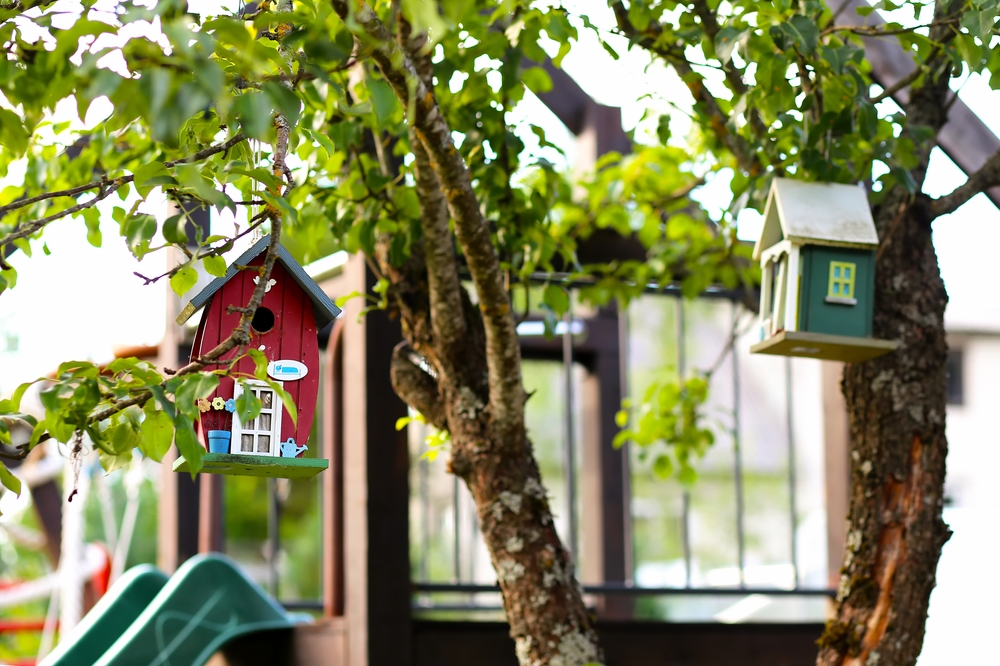
Pollinators need safe places to nest and rest, like hollow stems, dead wood, and unmowed areas. Providing nesting habitats for bees, butterflies, and other insects increases their survival rates. Leaving portions of your garden undisturbed allows pollinators to build nests without interference. Some bees nest in the ground, so leaving areas of bare soil can support them. You can also install bee hotels or insect houses to encourage nesting. These shelters are especially important during colder months.
Provide Water Sources
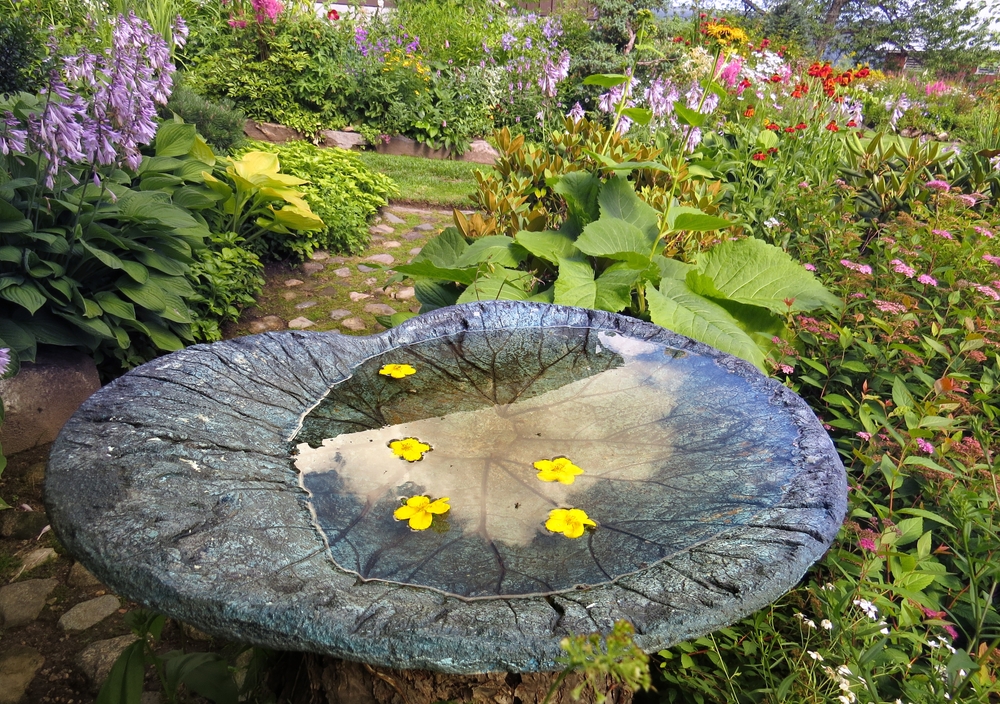
A shallow water dish with rocks or floating islands allows pollinators to drink without drowning. Pollinators like bees and butterflies need water to survive, especially during hot summer months. Adding a small fountain or birdbath can double as a water source for both birds and insects. Keep the water fresh and shallow to prevent any harm to smaller creatures. You can enhance water sources by adding pebbles for resting places. Regularly refilling and cleaning the water helps maintain a healthy garden environment.
Use Bright Colors to Attract Pollinators

Brightly colored flowers, such as red, orange, yellow, and purple, attract specific pollinators. Bees are particularly attracted to blue and purple, while hummingbirds prefer red and orange. Incorporating a wide range of colors in your garden ensures you’ll attract a diverse array of pollinators. Bright flowers are not only beautiful but also send clear visual signals to pollinators that nectar is available. Additionally, varying petal shapes, such as tubular or flat, can cater to different pollinator species. This diversity in form and color ensures a balanced ecosystem.
Incorporate Fragrant Plants
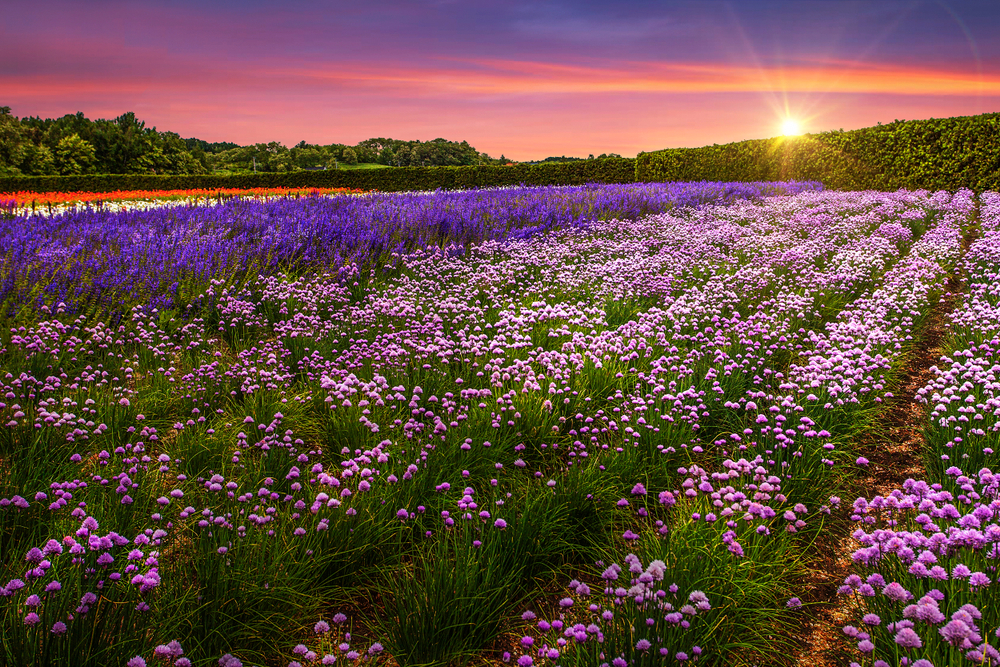
Fragrant flowers such as lavender, jasmine, and thyme are irresistible to pollinators. Strong-smelling plants can attract pollinators from a distance, drawing them into your garden. Scented plants often produce more nectar, making them highly beneficial for pollinators. Position fragrant flowers near pathways or entrances to maximize their appeal to both people and pollinators. The aroma from certain herbs like rosemary and sage can also contribute to a thriving pollinator-friendly garden. A combination of fragrance and color makes your garden more enticing to pollinators.
Grow Herbs for Pollinators
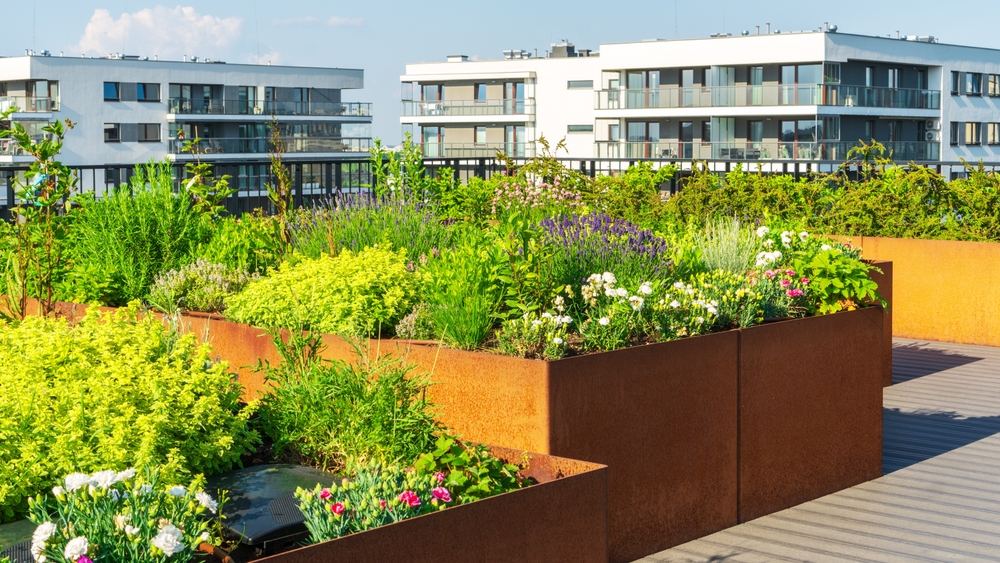
Herbs such as mint, rosemary, and oregano provide valuable nectar and pollen. Many herbs bloom over extended periods, giving pollinators a reliable food source. Bees, in particular, are drawn to the small, fragrant blooms of herbs. Herbs can be grown in containers or integrated into your garden beds for easy access. Once herbs flower, they offer both culinary and ecological benefits. Allowing your herbs to bolt and flower invites pollinators, adding diversity to your garden’s ecosystem.
Include Night-Blooming Plants
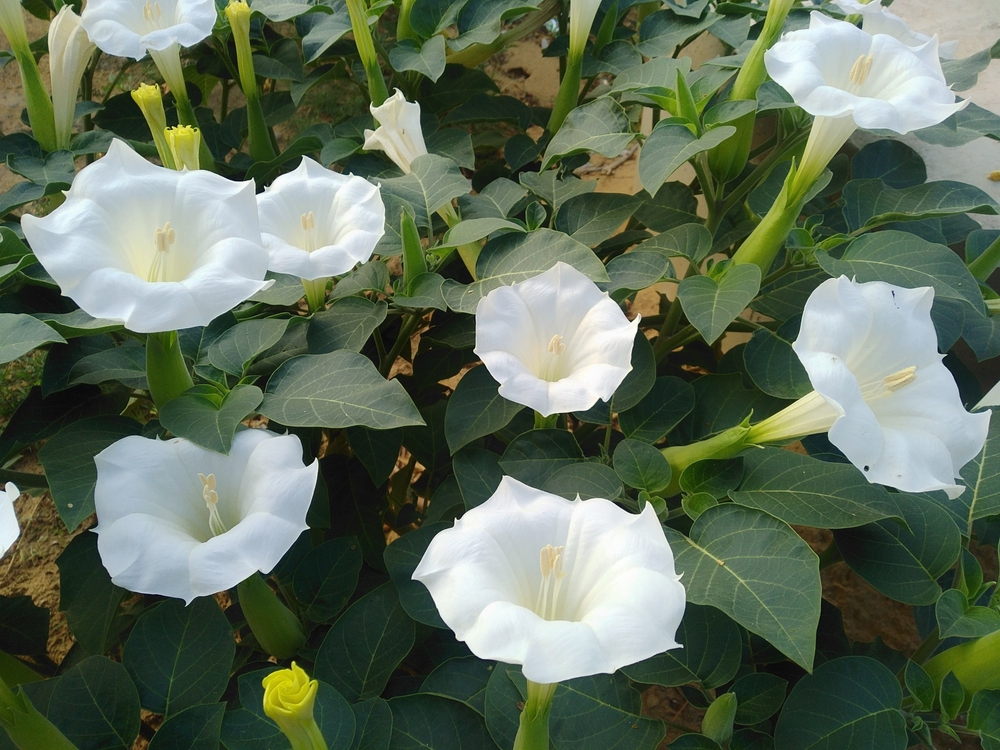
Night-blooming flowers like evening primrose and moonflowers attract nocturnal pollinators such as moths and bats. These pollinators are often overlooked, but they play a crucial role in plant reproduction. By planting evening bloomers, you support pollinators active at night. Nighttime pollinators help fertilize plants that rely on after-dark activity. Their presence adds another layer of biodiversity to your garden. These flowers also add visual interest with their glowing appearance under moonlight.
Add a Variety of Flower Shapes
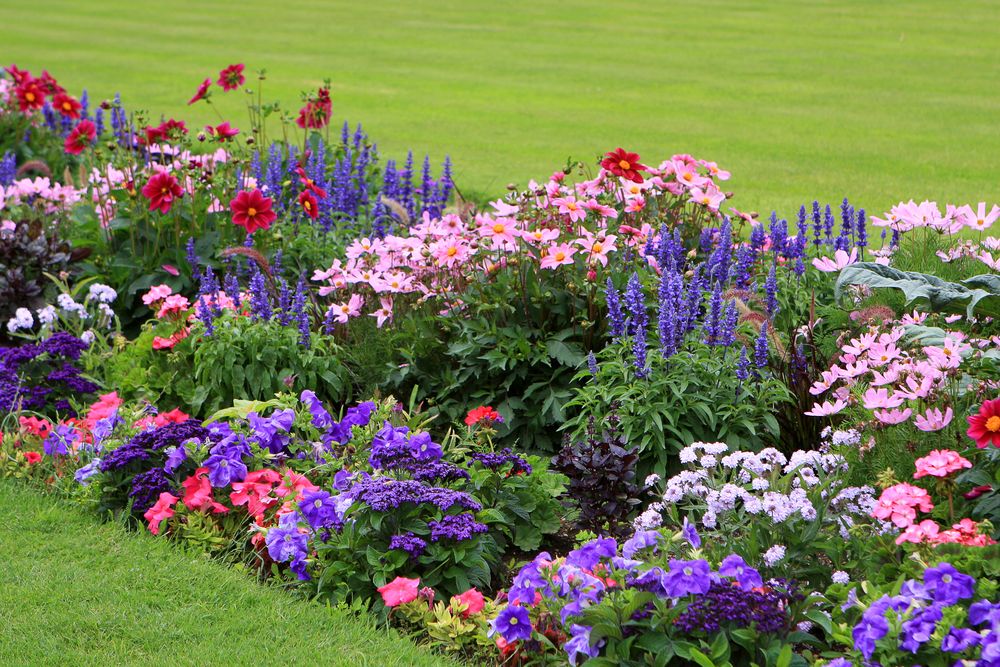
Different pollinators are attracted to different flower shapes, so including a range of flower structures is essential. Tube-shaped flowers, such as foxgloves, attract hummingbirds, while flat, open flowers appeal to butterflies. Some bees prefer flowers with shallow blooms, while others navigate more complex shapes. By adding a variety of flower shapes, you ensure your garden attracts a diverse pollinator population. This variety can also enhance the beauty of your garden by offering visual texture. Diversity in flower form creates a balanced and inviting habitat.
Use Companion Planting
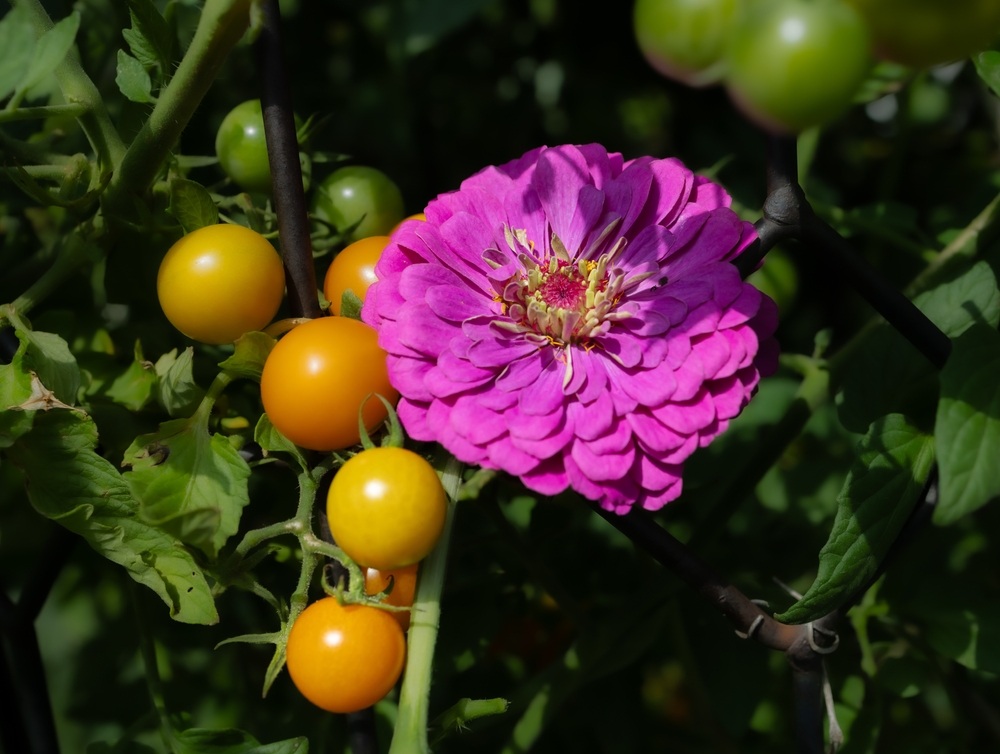
Companion planting involves growing plants that support each other in growth, pest control, and pollination. Certain plants, like marigolds and nasturtiums, can repel harmful insects while attracting beneficial pollinators. By planting a variety of species together, you encourage pollinators to visit and help fertilize different plants. Companion planting can also improve soil health, providing a more sustainable environment for pollinators. It reduces the need for chemical fertilizers or pesticides, further supporting a pollinator-friendly space. This method fosters a naturally resilient garden ecosystem.
Grow Fruit and Vegetable Plants

Pollinators are essential for the successful production of fruits and vegetables like tomatoes, cucumbers, and apples. By planting fruit-bearing plants, you create a natural incentive for pollinators to visit your garden. The flowers of fruiting plants are rich in nectar, which bees, butterflies, and other pollinators seek. As they move between blossoms, they help transfer pollen, ensuring healthy fruit production. Including these plants in your garden also benefits you by increasing your own harvest. A pollinator-friendly fruit and vegetable garden is both beautiful and productive.
Include Host Plants

Host plants like milkweed for monarch butterflies or dill for swallowtail caterpillars are crucial for supporting pollinator lifecycles. These plants serve as breeding grounds for pollinators, ensuring future generations. By planting host plants, you’ll be helping not only adult pollinators but also their offspring, fostering a thriving pollinator population
Build a Bee Hotel
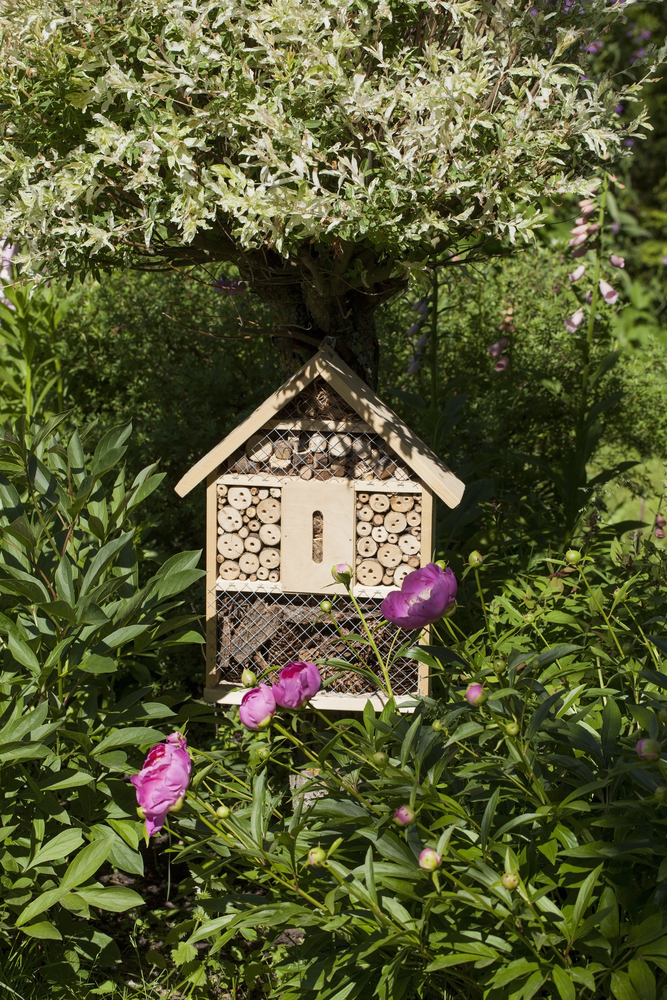
Not all bees live in hives; many solitary bees need places to nest. A bee hotel, which can be made from wood or bamboo, provides safe nesting spots for these essential pollinators. By offering a bee hotel, you can encourage solitary bees to settle in your garden, boosting pollination efforts. Additionally, leaving some areas of bare ground and undisturbed soil can attract ground-nesting bees.
This article originally appeared on RetailShout.
More From RetailShout
26 Easy Steps to Make Your Home More Eco-Friendly
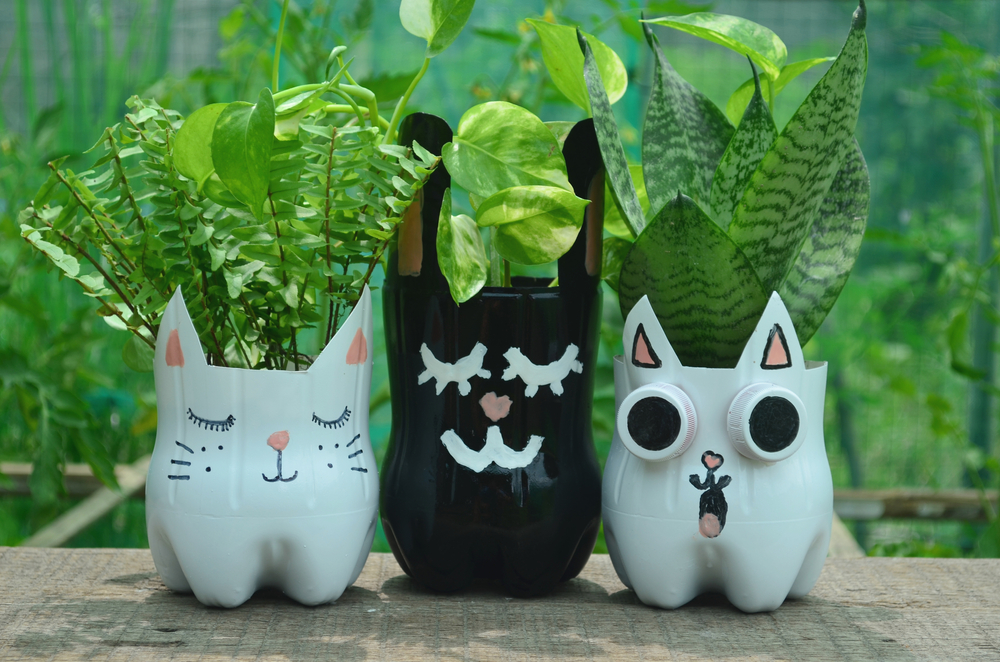
Making your home more eco-friendly doesn’t have to be a daunting task. It’s about taking small, simple steps that add up to a big impact. Whether you’re just getting started or looking to take your green habits to the next level, there are plenty of easy changes you can make that benefit both the planet and your wallet. Read More.
15 Creative Gift Ideas You Can Put Together from Dollar Tree

Finding thoughtful and creative gifts doesn’t have to be expensive or complicated. Dollar Tree is a treasure trove of budget-friendly items that, with a little creativity, can be turned into amazing gifts for any occasion. Read More.
17 Trader Joe’s Desserts That Are Worth Every Bite
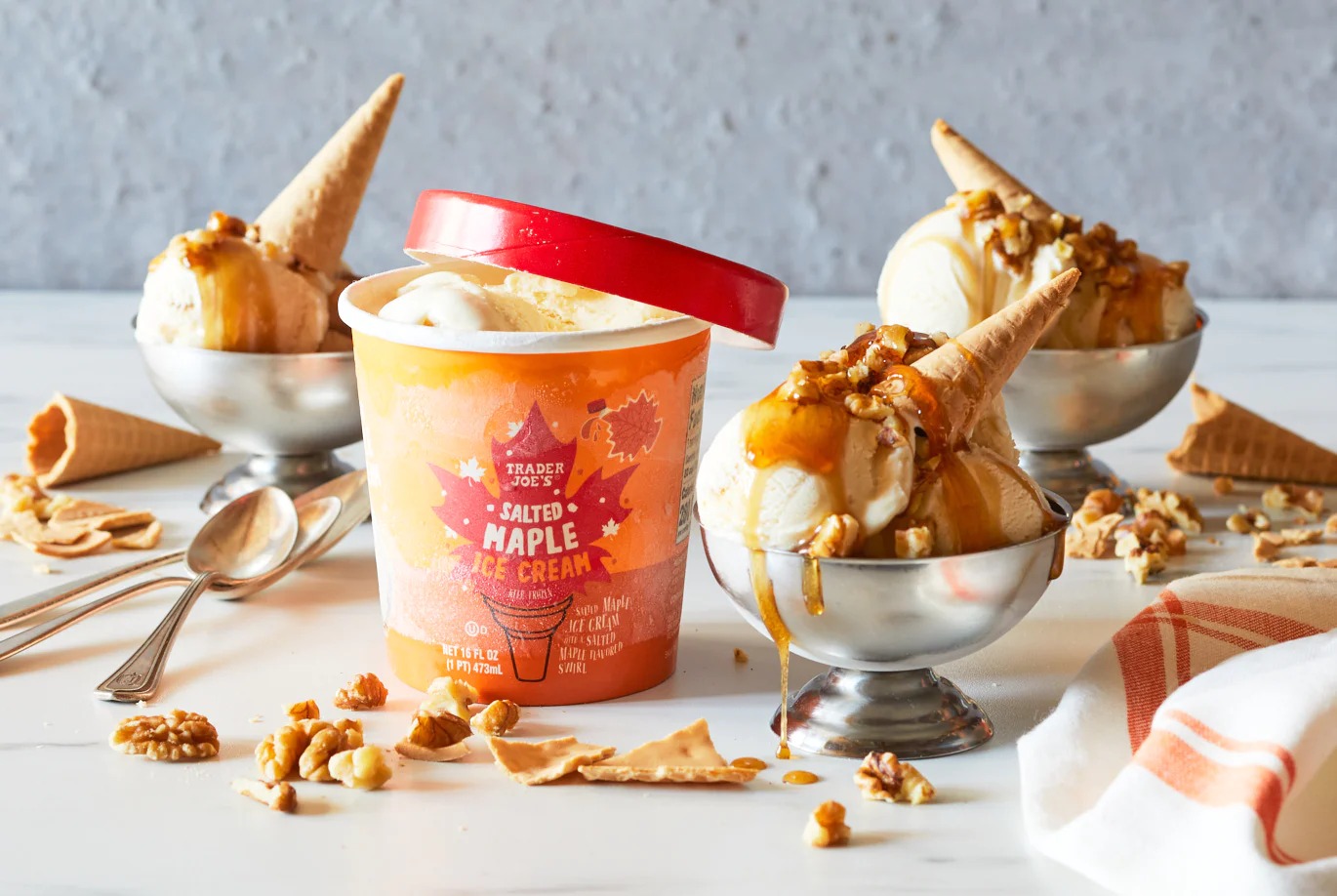
When it comes to satisfying your sweet tooth, Trader Joe’s never disappoints. Whether you’re craving something rich and chocolatey, or light and fruity, they’ve got a dessert that will hit the spot. From classic treats to unique, can’t-find-anywhere-else goodies, Trader Joe’s offers a variety of desserts that are perfect for any occasion. Read More.


